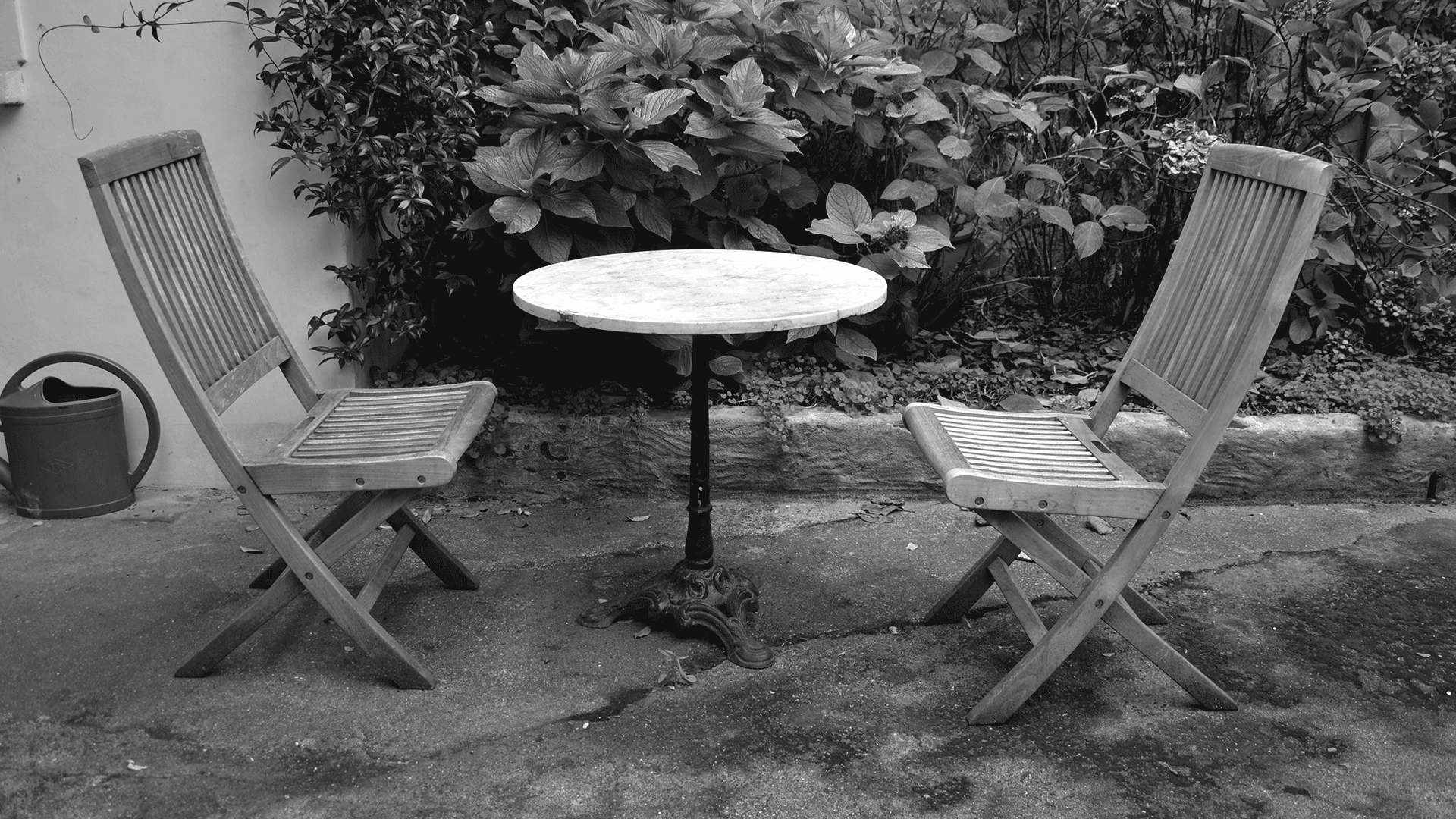To inquire about republishing archival content, please contact PARS International: inquirer.com/pars, 212-221-9595. SIXTIES BEAT was created to make available of all, forty personal years archives, cases of discs and CDS, photographs, Musical magazines, press cutting, posters etc. 10 Gnomes in Paris. Play watch video from location. Download to play (PC / Mac / Linux) watch video from the location. All macOS and iOS releases appearances from System 4 to macOS Catalina.
- Gnome Mac Os Catalina Theme
- 10 Gnomes In Paris Mac Os Catalina
- 10 Gnomes In Paris Mac Os Download
- Gnome Os Download
In earlier versions of Ubuntu, actually up to 10.10, a Mac OS X transformation pack was available for Ubuntu users (based on GTK 2.*) but now the Ubuntu 11.10 (the latest stable version) or 12.04 LTS (only alpha versions are available right now) as well as other Ubuntu derivatives such as Linux Mint, are based on GTK 3 – so the transformation pack doesn’t work anymore. Both of the desktop – Unity (The default interface in 11.10) and Gnome 3 shell are quite popular. I’ve already covered a post about getting a Mac like look in Ubuntu 11.10 with Gnome shell desktop so this article is about Unity desktop.
If you want to make Ubuntu 11.10/12.04 look like Mac OS X Lion, then you need to install few basic things –
- GTK Theme
- Icon Theme
- Cursor Theme
- Gnome Tweak Tool (To manage themes)
- A dock application (Docky or Cairo Dock)
A cool snapshot – exploring Cairo Dock effects (using OpenGL, although you may choose to ‘no OpenGL’ version of Cairo Dock if the graphics performance of your computer is poor), of my desktop after install above stuffs :

Installing Mac Theme by ‘MBoss’ Packages
First of all – download the theme package (it contains theme, icons and cursors) and extract it to appropriate locations as specified –
1. Download Mac OS X GTK Theme package and extract it to ~/.themes
2. Download the Mac OS X Icon theme and extract it to ~/.icons (create that directory if it doesn’t exist)
3. Download Mac OS X Cursor Icon theme and extract it to /usr/share/icons
For extracting cursor icons to usr/share/icons location, you need root access while browsing with nautilus
and finally you may need to change the permission settings to make it accessible also by a non root user. (By default it may be assigned root permission only).
Install Docky or Cairo
If you like Docky then install it from Ubuntu Software Center or execute (as it’s there in repository by default) –
On the other hand – if you want to try Cairo Dock (as seen in screenshot) then execute these commands
Gnome Tweak Tool is very handy for changing themes or tweaking other settings of Desktop so If you haven’t already installed it Gnome Tweak Tool then install it by executing the command –
Now, open Gnome Tweak Tool and select Mac_OS_X_Lion_Theme – as indicated in above snapshot. Then, start Cairo Dock or Docky whatever you have installed. That’s all I hope you are enjoying the cool look of Mac on your Ubuntu 11.10/12.04 computer. Have Fun 🙂 – let me know if any problem occurs.
Besides Gnome Tweak Tool, you could also use ‘Ubuntu Tweak‘ – a small application to tweak/customize desktop in easy way.
To install Ubuntu Tweak, execute the following commands –
Thanks to MBOSSG for his art work – i.e Mac OS X Theme, icons and cursor themes.
This quick tutorial shows how to customize the left panel in Ubuntu 19.10 Gnome desktop to make it look like Mac OS Dock launcher.The left panel in Ubuntu 19.10 is handled by Gnome Shell extension called ‘Ubuntu Dock‘, a fork of Dash to Dock extension.
The ‘Ubuntu Dock’ is highly customizable though the default Settings utility offers only a few options.
1. Move the left dock launcher to bottom.
First search for and open Settings utility from application menu.
Go to Dock settings in left pane, then set “Position on screen” to bottom.
Gnome Mac Os Catalina Theme
2. Shorten the dock launcher.
The dock launcher is by default extended to all the available height (width). You can disable this feature by running single command in terminal (open terminal via Ctrl+Alt+T):
gsettings set org.gnome.shell.extensions.dash-to-dock extend-height false
Hate Linux commands? You can do this by a graphical tool called dconf editor (Install it in Ubuntu Software)
In dconf editor, navigate to org/gnome/shell/extensions/dash-to-dock, then scroll down and disable the key value of ‘extend-height‘
3. Move Show Applications button to the left.
You may also do some more configuration, e.g., moving the Application Menu button to the left.
And this can be done via a single command in terminal:
10 Gnomes In Paris Mac Os Catalina
gsettings set org.gnome.shell.extensions.dash-to-dock show-apps-at-top true
Or open dconf editor, navigate to org/gnome/shell/extensions/dash-to-dock, and enable the key value of ‘show-apps-at-top’.
4. Add Trash icon onto dock launcher.
10 Gnomes In Paris Mac Os Download
If you’d like to add the Trash can onto the dock, simply run command in terminal:
gsettings set org.gnome.shell.extensions.dash-to-dock show-trash true
Gnome Os Download
And this can be done via dconf editor, by navigating to the same directory, and enabling the ‘show-trash‘ key value.
That’s it. Enjoy!